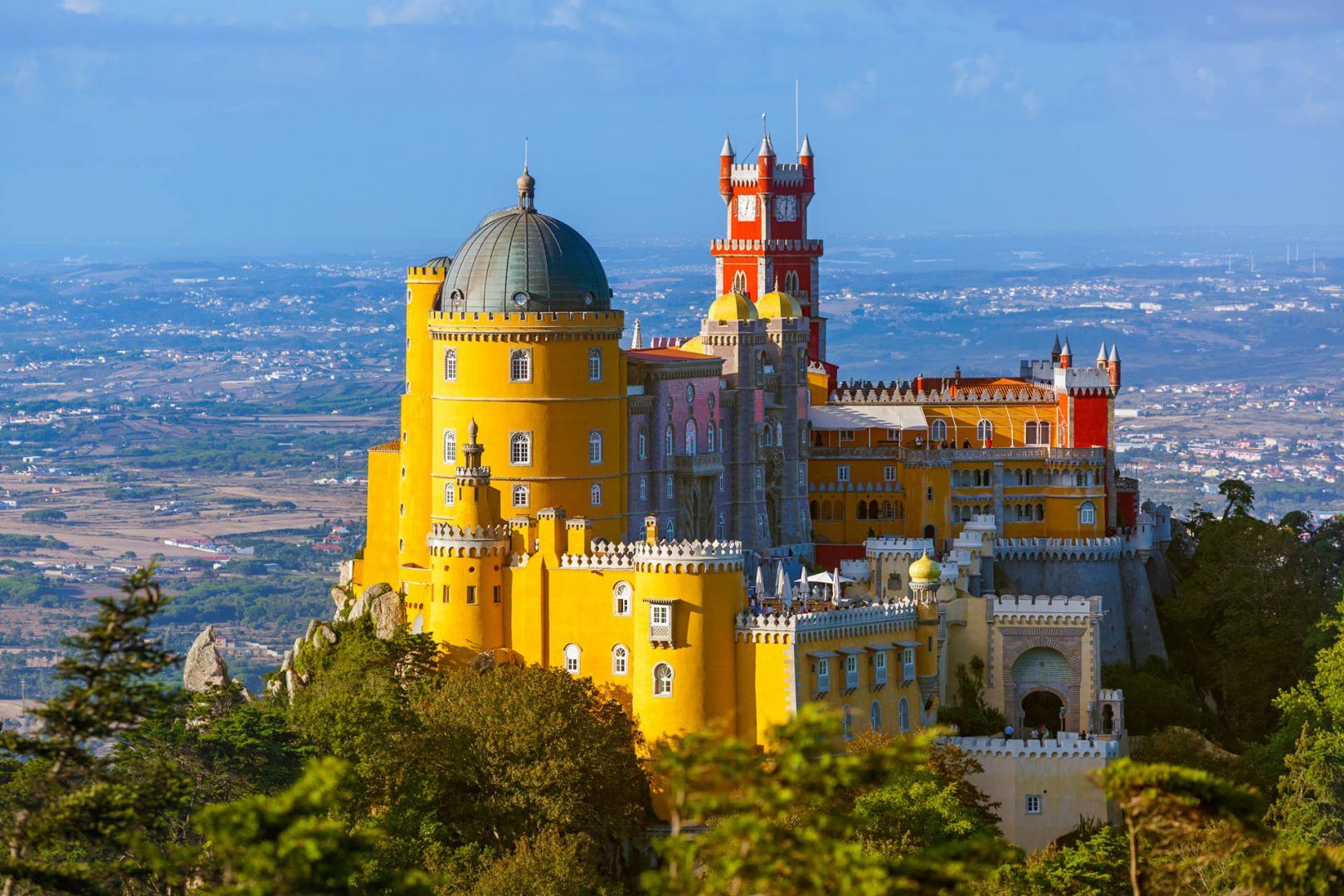How to get around Portugal with kids
When it comes to getting around Portugal, take comfort from the fact that it has a well-connected, family-friendly transport system, though renting a car is best in some circumstances.
Read on for an overview of how to get around Portugal with kids, plus extra tips for navigating its cities.
By train
Portugal’s train system is comfortable, affordable, and often sublimely scenic, making it a great choice for families, especially if you’re looking to travel between the likes of Lisbon, Porto, Coimbra, Faro and Sintra.
Alfa Pendular (AP) is Portugal’s fastest and most comfortable train, and best for long trips, while Intercidades (IC) trains are slower than AP but still comfortable. Book tickets online (CP.pt) for cheaper fares.
In good news, kids under four travel free, and kids aged 4–12 get 50% discounts.
Car rental
If you’re hoping to explore smaller towns, lesser-visited beaches, the Douro Valley, or do a deeper dive into the Algarve, a rental car is the best option.
Note that Portugal drives on the right, and many highways have electronic tolls, so it’s best to rent a car that has a Via Verde toll device.
If you want an automatic, book early as manuals are more common, and be aware that car seats are required for children under 135 cm (4'5").
Also, parking in Lisbon and Porto is difficult, which means it’s better to use public transport in cities. More on that below.
By bus
While long-distance buses connect cities more cheaply than traveling by train or renting a car, they’re less comfortable, take longer, and have less space for luggage and strollers.
By ferry
Ferries are a fun way to travel in certain parts of Portugal.
For example, you can take a 10-minute ferry across the Tagus River to get from Lisbon to Cacilhas, and enjoy Douro River cruises in Porto.
If you’re in the Algarve, use the ferry to travel from Portimão to Ferragudo.










